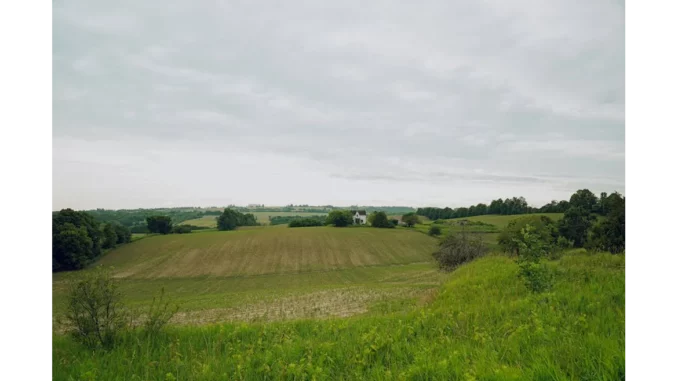
Recently, I had the privilege of engaging in a captivating dialogue with Amanda Thornton, an environmental advocate boasting over a decade of experience in conservation efforts throughout England. Our discussion centred on the burgeoning concerns regarding the government’s recent plans to allow the re-designation of certain green belt lands as grey belt for housing development. Amanda’s insights were both illuminating and profound, offering a nuanced perspective on the complexities and potential ramifications of these new regulations.
Focus360 Energy: property compliance services – pre-planning to post-construction. Learn more.
Nestled in a quaint café in the heart of Sussex, Amanda’s fervour for the preservation of the green belt was palpable. “The green belt has been a cornerstone of environmental protection in England for over 70 years,” she began, exuding a sense of urgency. “It was designed to prevent urban sprawl and to preserve the unique character of our towns and countryside. The new proposals are incredibly worrying because they introduce a level of subjectivity that could undermine these original goals.”
The Labour government’s plans stipulate that local councils experiencing housing shortages will have the authority to re-designate certain green belt lands as grey belt. This initiative aims to expedite the construction of new homes, with a stipulation that half of these new dwellings be classified as affordable housing. The grey belt includes land on the periphery of existing settlements or roads and encompasses disused petrol stations and car parks. However, Amanda finds the devolution of decision-making power to individual councils particularly troubling.
“Delegating these decisions to local councils opens the door to a plethora of inconsistencies,” she elaborated. “What one council might deem a suitable grey belt site, another might not. This subjectivity could lead to the piecemeal erosion of the green belt, which ultimately defeats its purpose.”
Amanda’s apprehensions extend beyond the potential encroachment on green belt land. She is sceptical about the prioritisation of brownfield sites—previously developed or industrial land—over grey belt sites, fearing that it may not be as robust as it ought to be. “While the government asserts that brownfield sites should be prioritised, the reality is that these areas are often more costly and challenging to develop. This could compel councils to gravitate towards the easier, more straightforward option of grey belt development, further imperilling our green spaces.”
As our conversation deepened, Amanda underscored another critical issue: the environmental impact of developing on green belt land. “Green belt areas are not mere vacant fields; they are vital ecosystems that support a diverse array of wildlife. Building on these lands disrupts habitats and diminishes biodiversity. It’s a short-sighted solution to a long-term problem.”
She also highlighted the social and psychological benefits of green belt areas. “These spaces provide indispensable recreational areas for communities, offering a respite from urban life. They contribute to our mental well-being and overall quality of life. Losing these areas to development would be a significant loss for future generations.”
Despite her concerns, Amanda acknowledges the urgent need for affordable housing. “I’m not opposed to development,” she clarified. “But we need to be more astute about how we approach it. There are innovative ways to meet housing demands without sacrificing our green belts. For instance, we could explore more efficient use of existing urban spaces or invest in sustainable, high-density housing solutions.”
As our dialogue drew to a close, Amanda stressed the importance of public awareness and engagement in this issue. “People need to comprehend what’s at stake and have a voice in these decisions. It’s not just about preserving the environment; it’s about shaping the future of our communities. We need a balanced approach that considers both the necessity of housing and the irreplaceable value of our green spaces.”
Departing from our meeting, Amanda’s words lingered in my thoughts. The debate over green belt development is undeniably complex, with compelling arguments on both sides. However, the underlying concern about subjectivity and the potential for inconsistent decision-making is one that cannot be overlooked. As we progress, it is imperative for both policymakers and the public to engage in open, informed discussions to ensure that the solutions we implement today do not come at the expense of tomorrow’s natural heritage.


Be the first to comment